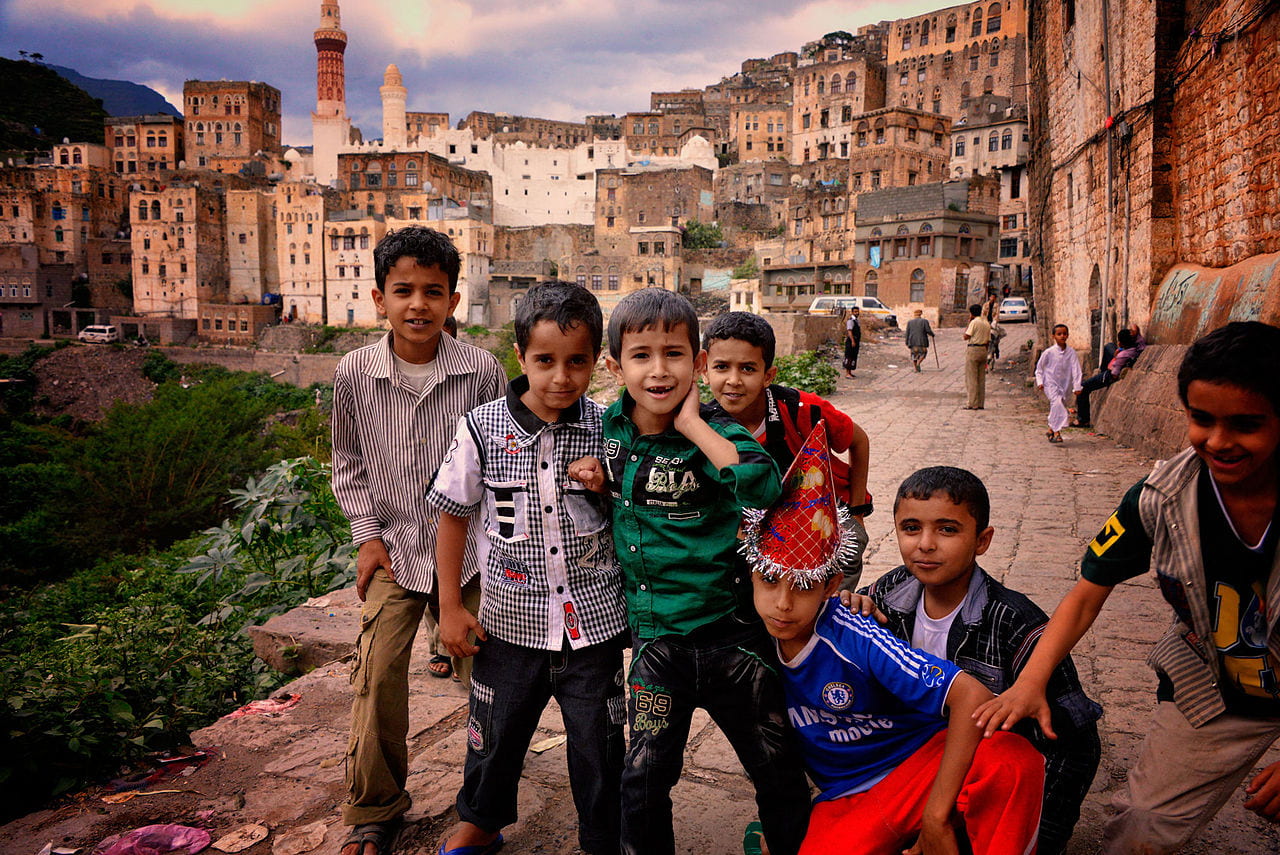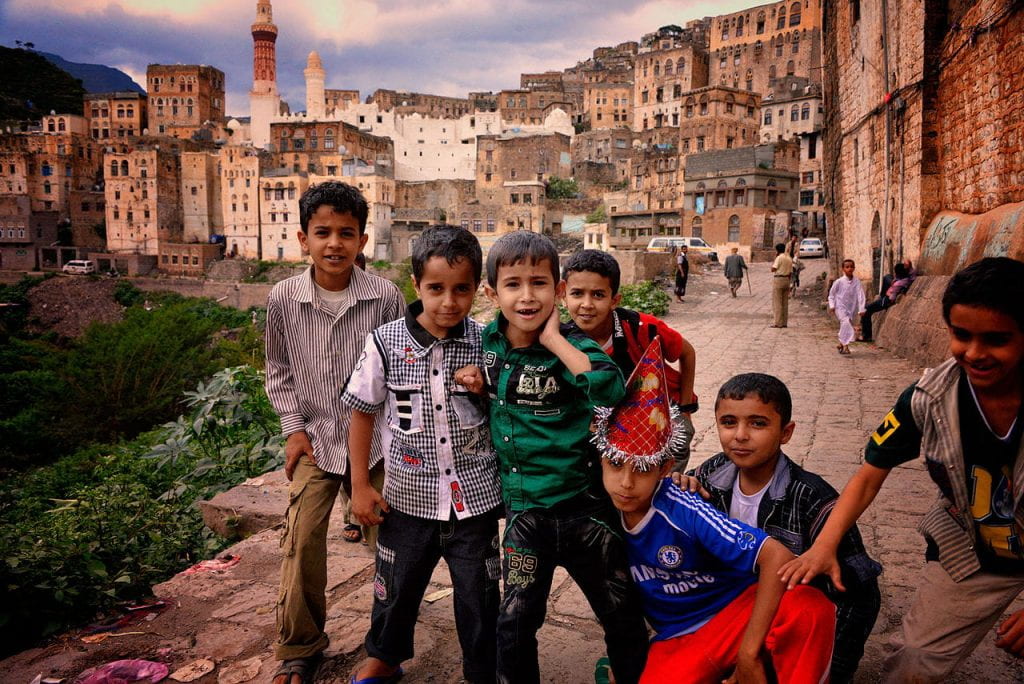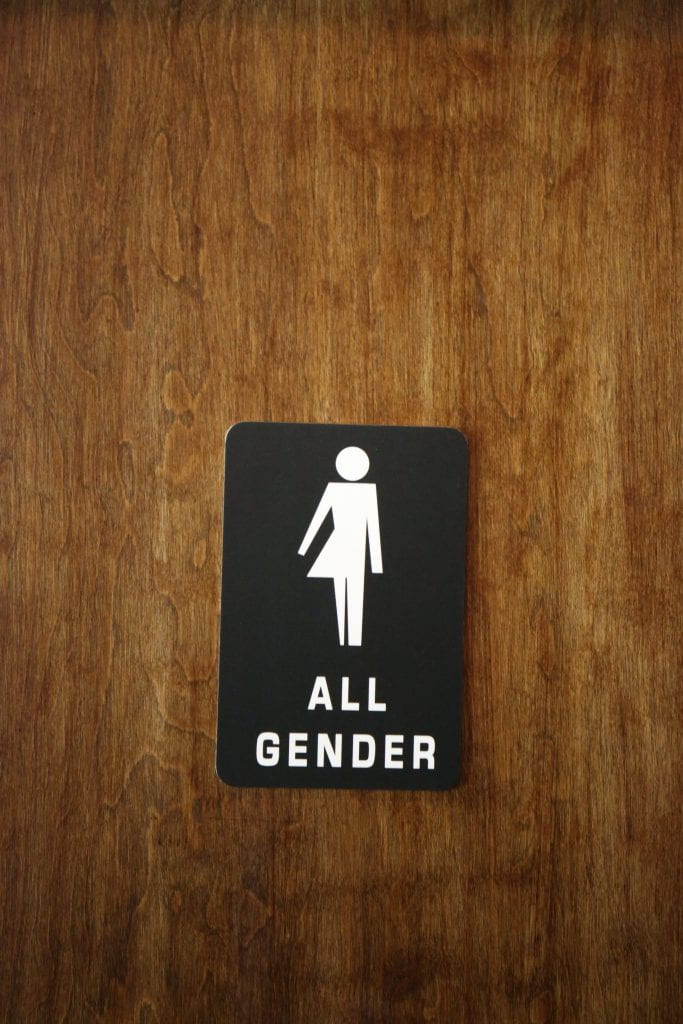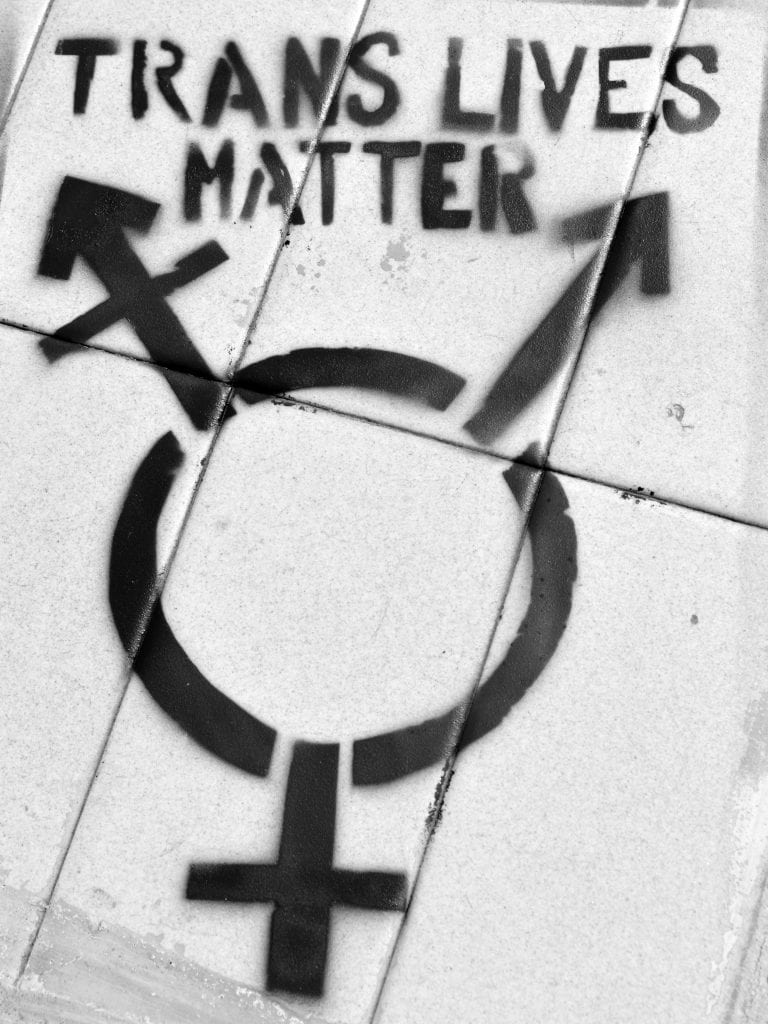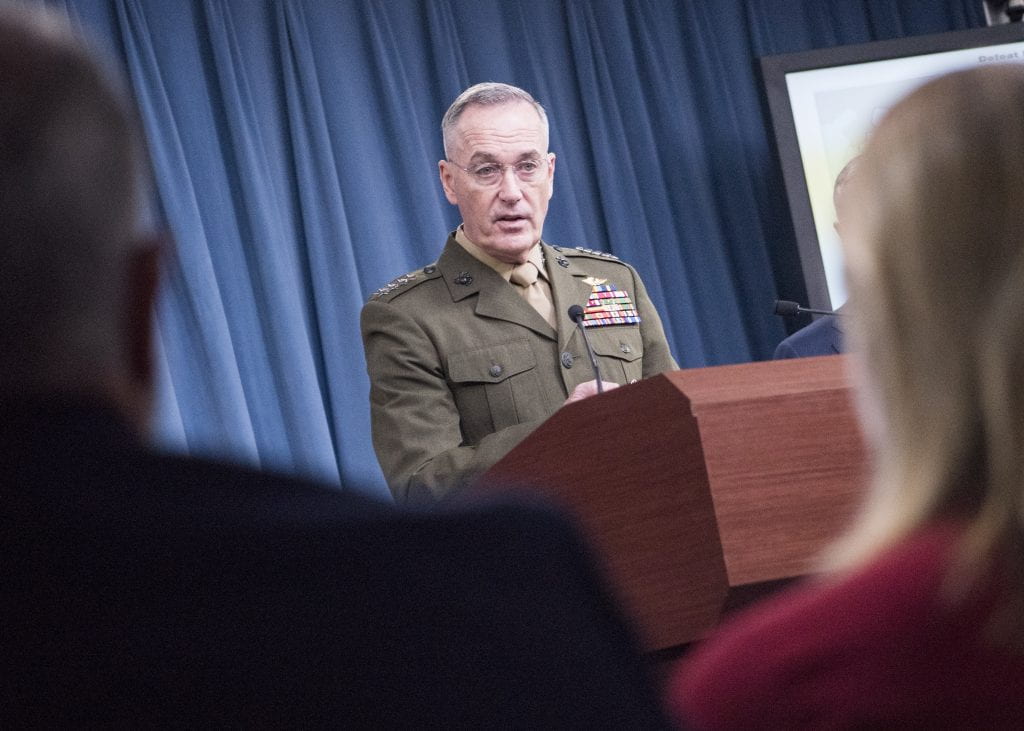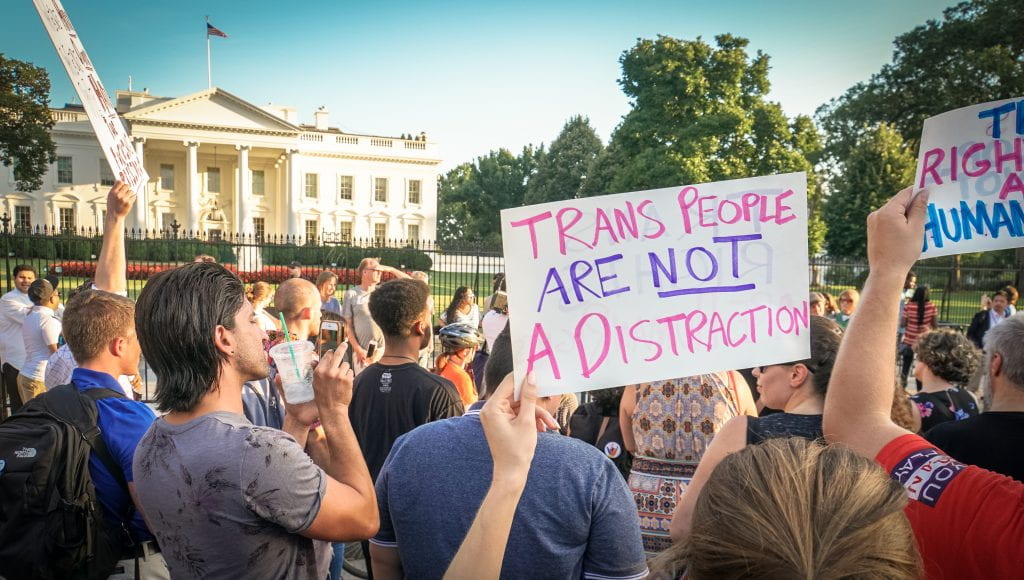The Second Arab Spring has risen, but this time it is much more peaceful, democratic, and youth-centered than the first. Why is this important?
2011 was quite the year for everyone except me. I still attended elementary school, could not ride a bike or swim, and had no idea what I was going to do with my life. Although nothing great happened to me, the world had changed drastically for those in the Middle East, especially the youth. That event, which changed the way many Arabs and Middle Easterners viewed their governments, was called the Arab Spring. Fast forward to 2019, I’m a freshman at The University of Alabama at Birmingham and Middle Easterners are fighting for equality and a democratic style of government. Then and now, human rights violations such as inequality and representation serve as focal points for protest and revolution, allowing for them to stand up for what they believe in and fundamentally change their government.
So, what exactly was the Arab Spring?
Basically, the Arab Spring consisted of many pro-democracy protests that took place in many majority-Muslim countries like Tunisia, Morocco, Syria, Libya, Egypt, and Bahrain. Like many other social movements, the Arab Spring started with a “single act of defiance.”
In December of 2010, a street vendor, Mohammad Bouazizi, from Tunisia set himself on fire to protest the seizing of his vegetable stand by the police due to him not getting a permit. Bouazizi’s sacrifice set aflame the Jasmine Revolution in Tunisia, where the many protestors fighting for more social freedoms caused Tunisia’s authoritarian president for 20+ years, Zine El Abidine Ben Ali, to renounce his position and flee the country. This revolution in Tunisia had caused the country to become more socially democratic and involve the people in its political process due to Tunisia’s first elections occurring in 2011.
Such a great change in government by a country in the Middle East had caused others in the region to also protest, with protests occurring in Egypt, Libya, Syria, and Yemen, although many succeeded and others failed.
Although Bouazizi’s death served as a catalyst for the spreading of pro-democracy fervor, the death of Egypt’s Khaled Said by police officers became another martyr in the fight for democracy. Through his death, an Egyptian Google Executive from Dubai by the name of Wael Ghoneim became a prominent activist, creating a Facebook group called “We Are All Khaled Said,” bringing in thousands of members.
Egypt’s Arab Spring, springing from Said’s death, called for the resignation of Hosni Mubarak, then President of Egypt. After resigning, he was “charged with ordering the deaths of protesters,” of which “more than 800 people were killed.” Once Mubarak stepped down, a former political prisoner by the name of Mohamed Morsy came into power democratically. Although he was chosen by the people, Morsy made it so that no court could overturn his decisions, solidifying him as an autocrat. After many protests and conflicts with the Egyptian military, Morsy “was ousted in a military coup,” leading to the establishment of Abdel Fattah el-Sisi, Egypt’s former military chief, as President through 96% of the vote.
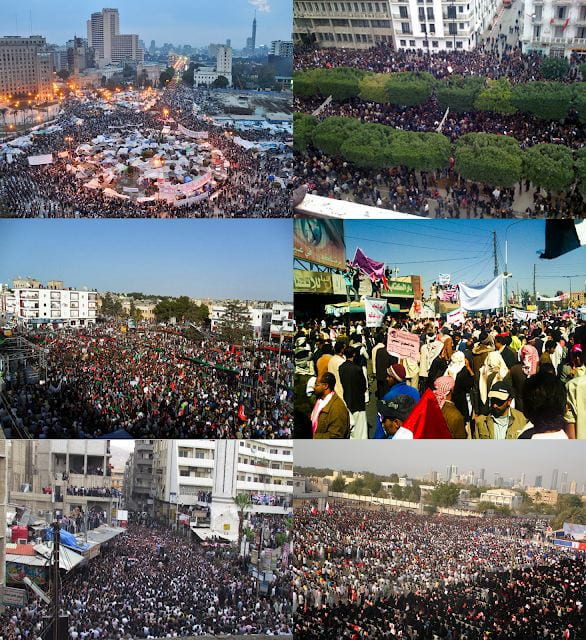
Was the Arab Spring ultimately successful across the Middle East?
Unfortunately, no.
Although there were some democratic successes in both Tunisia and Egypt through electing leaders democratically, other countries in the Middle East, such as Libya and Yemen resulted in continued conflict and war many years after the Arab Spring.
Libya, though ousting Muammar Gaddafi from his reign, remains in conflict. Libya has essentially been divided through the many militias and political factions that exist today, fighting endlessly to grab power. The situation has been so rampant that many “migrants from sub-Saharan Africa are forced” to dangerously travel to Europe through the Mediterranean, all in an effort to flee human trafficking and violence.
At first, Yemen successfully removed its President of 30 years, Ali Abdullah Saleh. However, instead of a democratic response, an “armed uprising and foreign military intervention” caused Yemen to undergo a brutal civil war. It is through this war that Yemen experienced the worst cholera outbreak, large-scale famines across the country, and the killing of many civilians through bombs and landmines. These issues continue to be present, with no end in sight as to when it will end.
So, the Arab Spring, although deadly, resulted in some Middle Eastern countries to move towards democracy and others toward chaos and autocracy. It’s not like there’s going to be any other event like this soon, right?
Again, no.
In recent news, there have cumulative instances where protesters are fighting for the same issues. However, they “have learned from their mistakes, and are seeking new goals and using new means to achieve real, lasting, regional changes.”
According to the Carnegie Endowment for International Peace, there are three distinct characteristics for this new Arab Spring, otherwise called Arab Spring 2.0:
- The protesters do not trust any political leader. They believe that current leaders have not kept to their economic promises and reforms. And as such, many want to start over and introduce new politicians and parties.
- The protests are peaceful. Unlike protests from before, many current protests lean pacifist, even through brutal responses from the military. It is through these protests that widespread support is achieved and that countries are willing to listen.
- The protesters are rejecting sectarian divisions. In Lebanon, for example, religion and ethnic identity form a crucial part of how the government is formed and how people are treated. These protesters have essentially decided to do away with these divisive tactics and move towards equalizing all in government.

These characteristics directly coincide with many Algerian protests that began on February of 2019. During a panel discussion hosted by the Brookings Doha Center in partnership with Al Jazeera Centre for Studies, Haoues Taguia, a researcher for the Al Jazeera Centre for Studies, described how Algerians are distancing themselves from being a parallel to the Arab Spring. He noted that these protests are relatively peaceful, combined with the fact that a large portion of the population from “all walks of life” came to participate, legitimizing the movement. Due to a lack of leadership within the movement, these protests will be initially successful, but chaos would ensue in the years to come without a solid and stable leadership structure. During the same event, Shafeeq Garba, a professor of Political Science at Kuwait University, also advised that other civilians of MENA countries should follow Algeria’s example in order to create dialogue for change. He noted that “in the violent alternatives to this, civil wars, everyone loses, and that if these revolutions don’t succeed, they will ultimately lead to failed states.”
Lebanon is another interesting case where protests are fundamentally changing the way that a legitimate government should operate. These protests came to fruition on October 17 due to new taxes on WhatsApp calls, which caused protesters to light “fires on main roads and [block] highways, while banks, schools, and universities closed.” This new tax became the tipping point for those agitated with the Lebanese government and how their politicians are manipulating the wealth and resources that Lebanon contains. Protesters have gone so far as to create a human chain across the country as a form of protest while also involving more and more students into the fray. According to Fatima al-Sheikh, a freshman student protester, many students thought that the sectarian leaders “looked out for [their] interests, even though [the students] knew they were corrupt and oppressive. But now [the students] feel that with our hearts, and we can’t go back from that.” These protests have raged on for more than a month. With elections soon, only time will tell whether or not these protests will ultimately succeed or rather be only one of many protests in the MENA region that result in chaos and a fractured country.
Arab Spring 2.0 may only seem like a relatively new phenomenon for the MENA region now, due to the rippling effects the first Arab Spring had and still has to this day in countries like Yemen and Libya. However, rising protests against a corrupt and unfair government have spawned all over the world, from Latin America (my recent post concerning Chile’s protests) to the Middle East. Since many of these protests have been led by students it just really comes to show how concerned many college-aged people are about whether or not their respective government will be able to fairly implement policies that benefit the entire nation rather than just the ruling class. In terms of Lebanon and Algeria, both countries are fighting to revamp their respective governments. By fighting to create fair elections that emphasize the importance of the people and not just the ruling elitist class, protesters in the MENA region symbolize the importance of human rights values such as equality in a government through democratic and fair elections.
